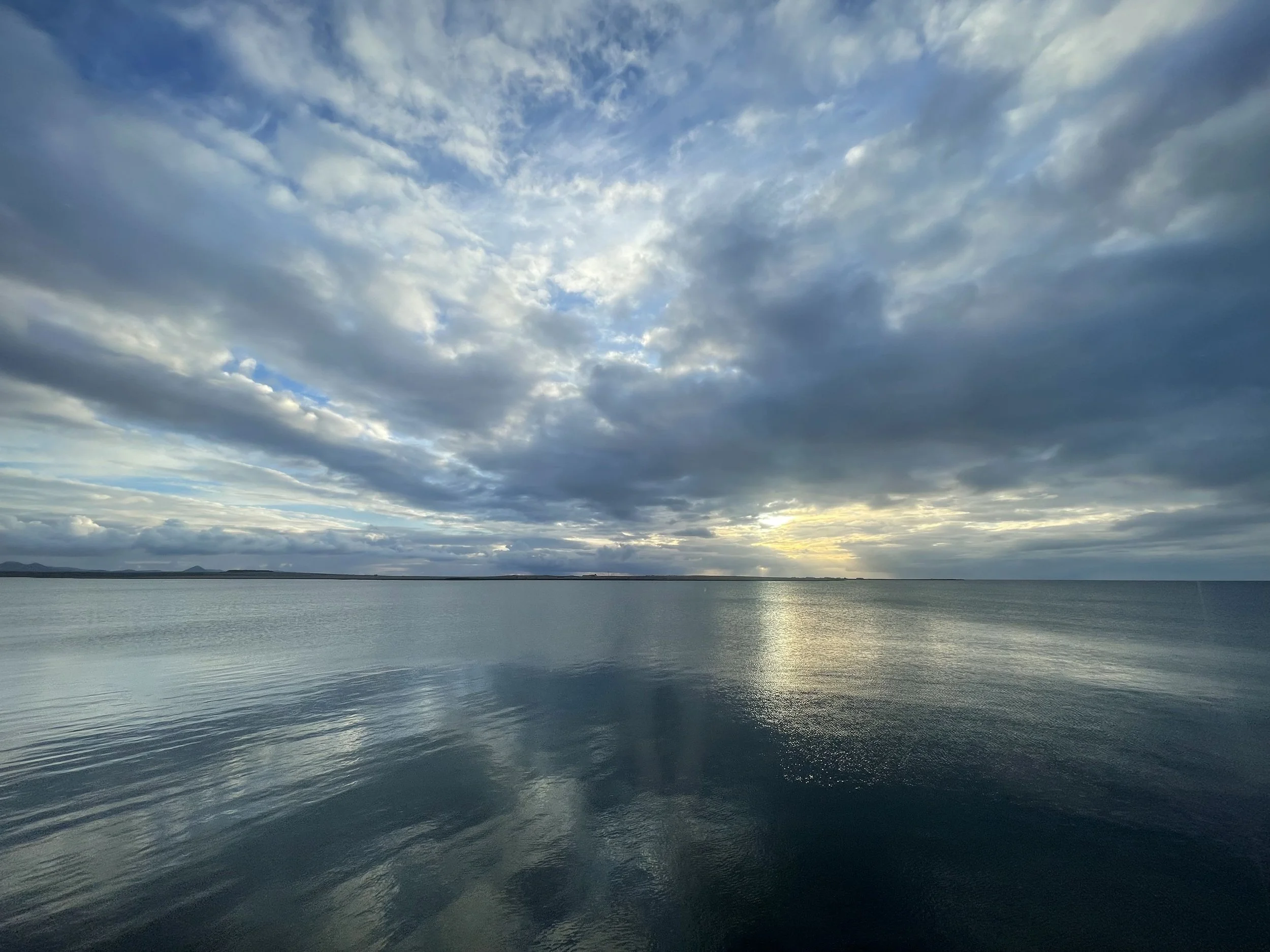Humans may be hard-wired for collaboration. Of all the great apes, humans are the only ones who regularly collaborate in food-seeking situations. In fact, developmental research suggests that this evolutionary approach to resource gathering may underlie our tendency to share resources more equitably amongst ourselves. Even three-year-old children will share toy rewards if they are received through collaborative efforts (Nature, 2011). Despite that, interfaith collaborations that involve children are still in their infancy stage. Like the 10-month-old tentatively taking those first steps without holding on to anyone’s fingers, those of us doing interfaith work with kids are still feeling our way.
We are living in a remarkable time for humanity. The old order is indeed crumbling around us. We are being faced daily with new and alarming consequences of our degradation of the Earth, a greed-based value system that undermines human dignity, and a culture of fear that fuels violence and hatred of the ‘other.’
Focusing on ‘collaboration’ in an interfaith publication may seem redundant. All interfaith activity is collaborative, you might say. Collaboration is ‘who we are’! True enough. But we need to notice how we practice what we preach. We live in the midst of siloed interfaith organizations, many of whom don’t know each other and have weak relations with faith organizations as well. Institutionally we lack the connective tissue that will give the interfaith movement its real identity and voice(s). We’re badly in need of seeing the larger picture.
Eric Schmitt’s recent New York Times story, “In Battle to Defang ISIS, U.S. Targets Its Psychology,” was startling. You might, at first glance, call it 2014’s most hopeful story about the nightmare called the “Islamic State” and its echoes around the world. Schmitt profiles Maj. Gen. Michael Nagata, commander of American Special Operations forces in the Middle East. Nagata has organized a military/academic/private-sector think-tank to ask: “What makes the Islamic State so dangerous?”
As noted in last month’s TIO, communities around the world gathered for prayer vigils for the climate discussion going on in Lima,Peru. They were the #LightforLima, asking for strong climate action from the world’s leaders. The Our Voices campaign, a global multifaith campaign for a strong UN Climate treaty, is gearing up for 2015. But the work we do in 2015 depends on sharing the successes of our previous work. Light for Lima has been our best and brightest action.
What’s the most exciting experience you’ve had collaborating across differences in faith, culture, and ideology? Have you ever entered into collaborative relationships and been truly surprised by the result? What enabled those experiences to happen?
Duane Elgin, who might be deemed the most important visionary alive if more people knew about him, is a man who defies attempts at ‘categorization.’ But if you are involved with multicultural, interfaith work and care about humankind’s future, you need to know about this joyfully complex thinker who is offering a vision and tools for achieving our highest goals.
The indefatigable Leonard Swidler, now in his 87th year and best known for founding the Journal of Ecumenical Studies, is renewing two of his Interreligious Dialogue (IRD) initiatives. This good news coincides with the publication of a lively biography, There Must Be You (2014) by River Adams, and Swidler’s own Dialogue for Interreligious Understanding (2014), which summarises much of his thinking.
“Religion Inside Out” – that was the tag line the Rev. Dr. Gwynne Guibord, an Episcopal priest, attached to The Guibord Center (TGC), a unique non-profit organization. Less than four years old, it is making its mark on the interfaith landscape in Southern California and beyond.
Six years ago, in January 2009, I sat on a train thinking about where the year ahead would take me. Nearing the end of my undergraduate degree, I was starting to think more seriously about what to do next. I had ideas, but nothing quite seemed to fit until I came across an international, interfaith, social action-oriented program called the Faiths Act Fellowship.
How much do social outreach programs of religious congregations contribute to their communities? What is the overall contribution of congregational services and the quiet heroes who work for them?
Five years ago, Atiya Aftab, a Muslim woman, and I, a Jewish woman, invited a group of 12 women – six Muslim women and six Jewish women – to meet together once a month. Other Muslim and Jewish women heard about our effort and asked to join our group and/or help them start their own group in another geographic area. In response to these requests, Atiya and I formed a national non-profit organization at the end of 2013 – the Sisterhood of Salaam Shalom (SOSS).
Principle 11 of the United Religions Initiative (URI) Charter says that “we seek and offer cooperation with other interfaith efforts.” The diverse community that met during URI’s formation in the late nineties envisioned that URI would be a different kind of organization in many respects.
In 2014 the Compassion Games grew 120 percent to more than 158 teams. They are organically organized into “Leagues” according to the constituencies they represent. Sixteen sectors have been identified, including Interfaith, Education, Health Care, Families, Women/Girls, Youth/Elderly, Cities, and Arts/Culture.





